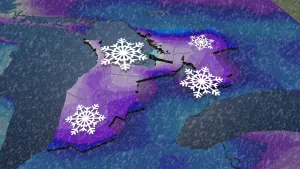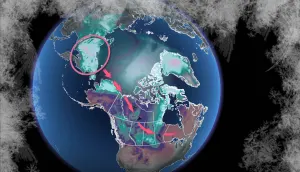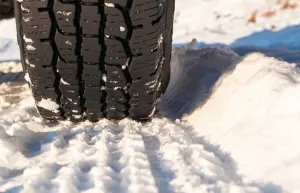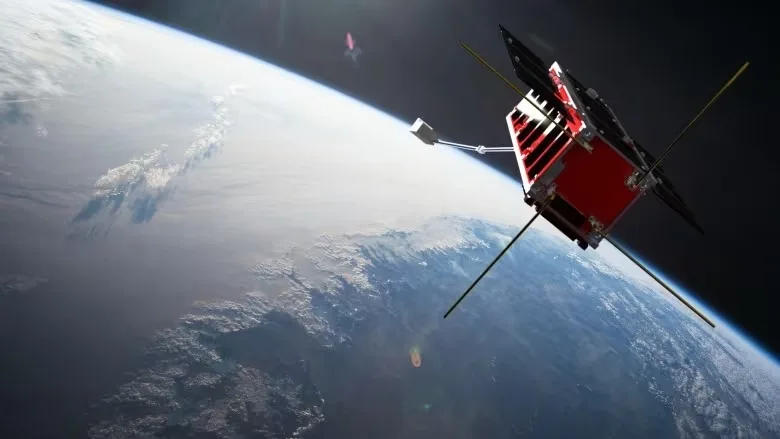
Students celebrate successful launch of wildfire-monitoring satellite
A student-built satellite from the University of Alberta that will capture images of active wildfires has made it into orbit after a successful launch last week.
The satellite Ex-Alta 2, a miniature satellite about the size of a loaf of bread and weighing about two kilograms, launched from NASA's Kennedy Space Centre aboard the Falcon 9 SpaceX Dragon cargo spacecraft on March 14.
SEE ALSO: Wildfire terms Canadians should be familiar with this summer
"The moment it launched there was a pin-drop silence," Thomas Ganley, lead manager on the AlbertaSat's project, told CBC's Edmonton AM.
The atmosphere was celebratory and he and his teammates were there to watch the countless years of their hard work blast off into space as part of a resupply mission to the International Space Station.
"Everyone was in awe and just jaw dropped looking at the amazing marvel happening in front of us."
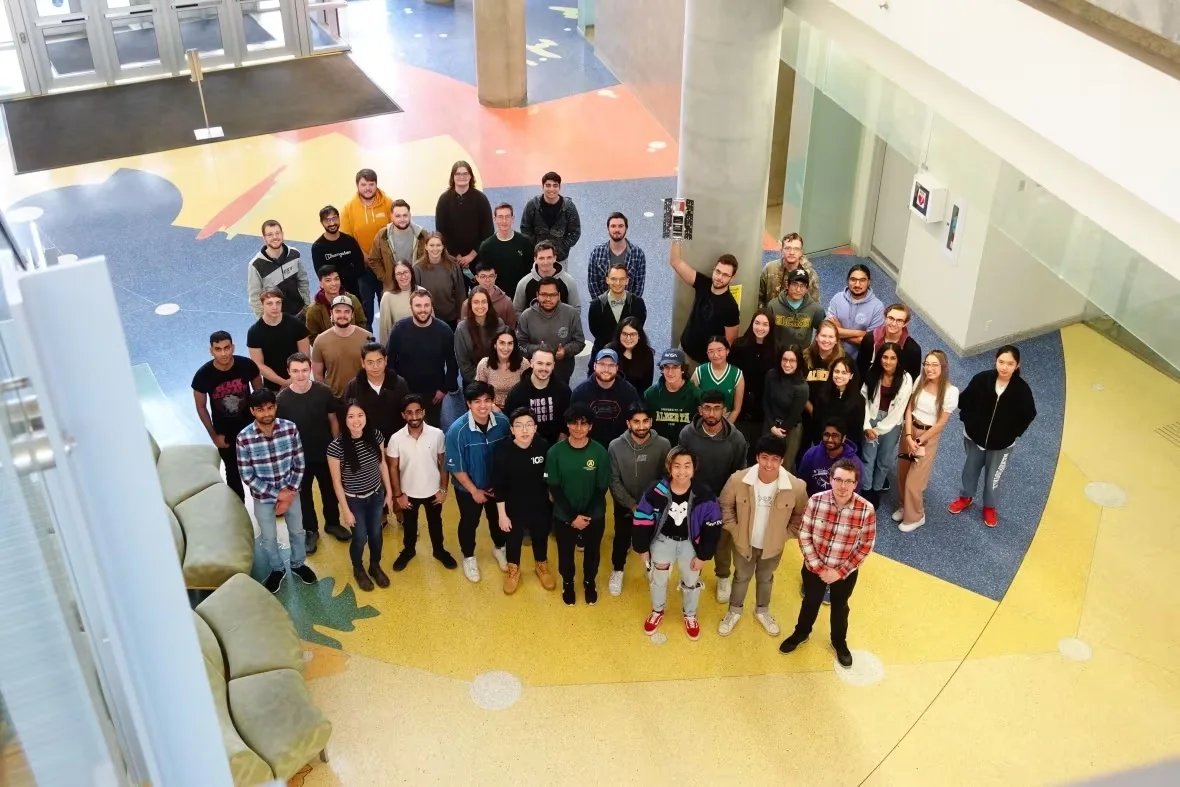
Students from various degrees at the University of Alberta have been working on the Ex-Alta 2 project for six years now (Submitted by Thomas Ganley and Nikhil Velagapudi)
The satellite, known as a cubesat, is a small, light and affordable device that will burn upon re-entry, meaning it doesn't leave behind space debris. Each mission could take up to a year to complete.
AlbertaSat builds cubesats composed of three units.
Ex-Alta 2 includes a multispectral camera, called an Iris, to take the images they need.
"We're going to be studying active wildfires post-burn, the effect on vegetation to hopefully enable wildfire scientists to make some conclusions that will help us mitigate wildfires in the future," Ganley said.
"It's quite impressive the amount of technology that you can pack into there and the really valuable science that you can still do with such a small size," he said.
Real space mission opportunity for students
Students from various degrees at the university have been working on the Ex-Alta 2 project for six years now. In 2017, they launched Ex-Alta 1.
Ex-Alta 1 was designed to study space weather and carried instruments that measured the electron density of the ionosphere, magnetic signatures and radiation of the spacecraft.
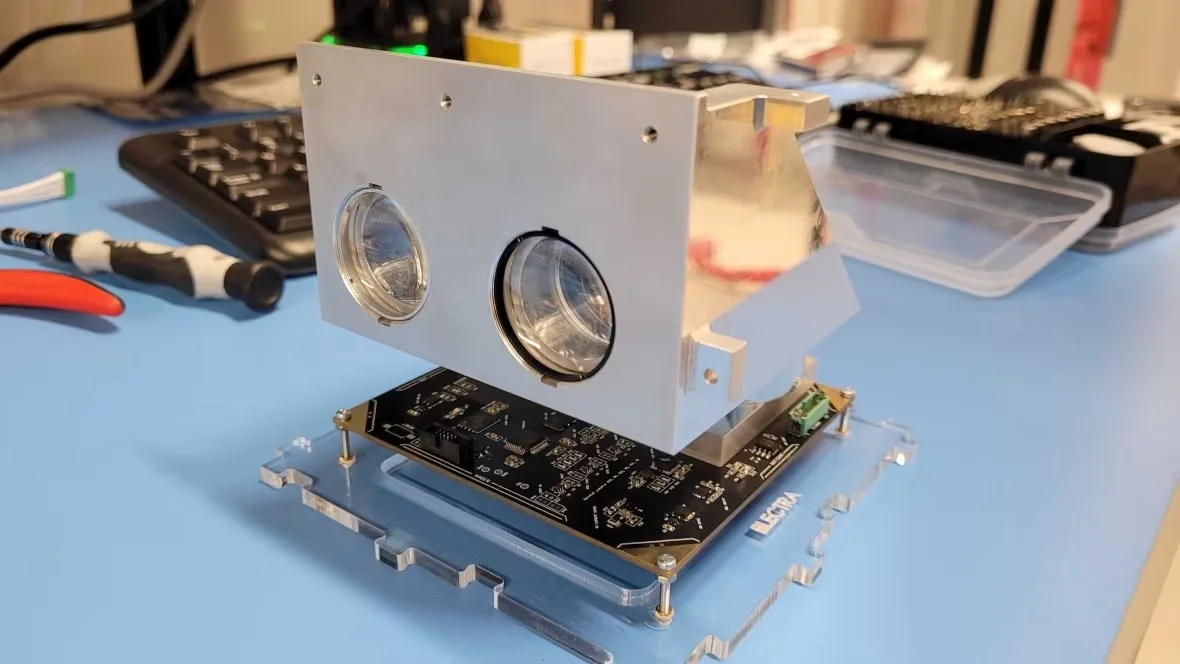
The student-built IRIS camera will photograph wildfires. (Liam Droog/AlbertaSat)
Both satellites are part of the Canadian Space Agency's Canadian CubeSat Project and the Northern Space Program for Innovative Research and Integrated Training (Northern SPIRIT), which aim to give students the opportunity to experience a real space mission.
The project is made up of a collaboration between three post-secondary institutions to create a nanosatellite design.
AlbertaSat worked with Yukon University and Aurora Research Institute in the Northwest Territories to build three cubesats.
"It really sets you up for leadership in the industry," said Nikhil Velagapudi, a third-year chemical engineering student.
"Having that leadership and management skills from an early age in the student group sector really helps us, it sets us up for success in the workforce."
AlbertaSat plans on partnering up with the Canadian Space Agency to develop a satellite that will monitor snow and ice in the country's northern region.
WATCH: What's that in the sky? How to identify that flash of light you just saw
Thumbnail courtesy of Nick Sorensen/AlbertaSat, background Samantha Cristoforetti/NASA.
The story, written by Ishita Verma, was originally published for CBC News.





